Amazon to Replace Walgreens in the Dow: Why This Matters
Amazon joins the elite club of Dow Jones stocks, while troubled Walgreens gets the boot.
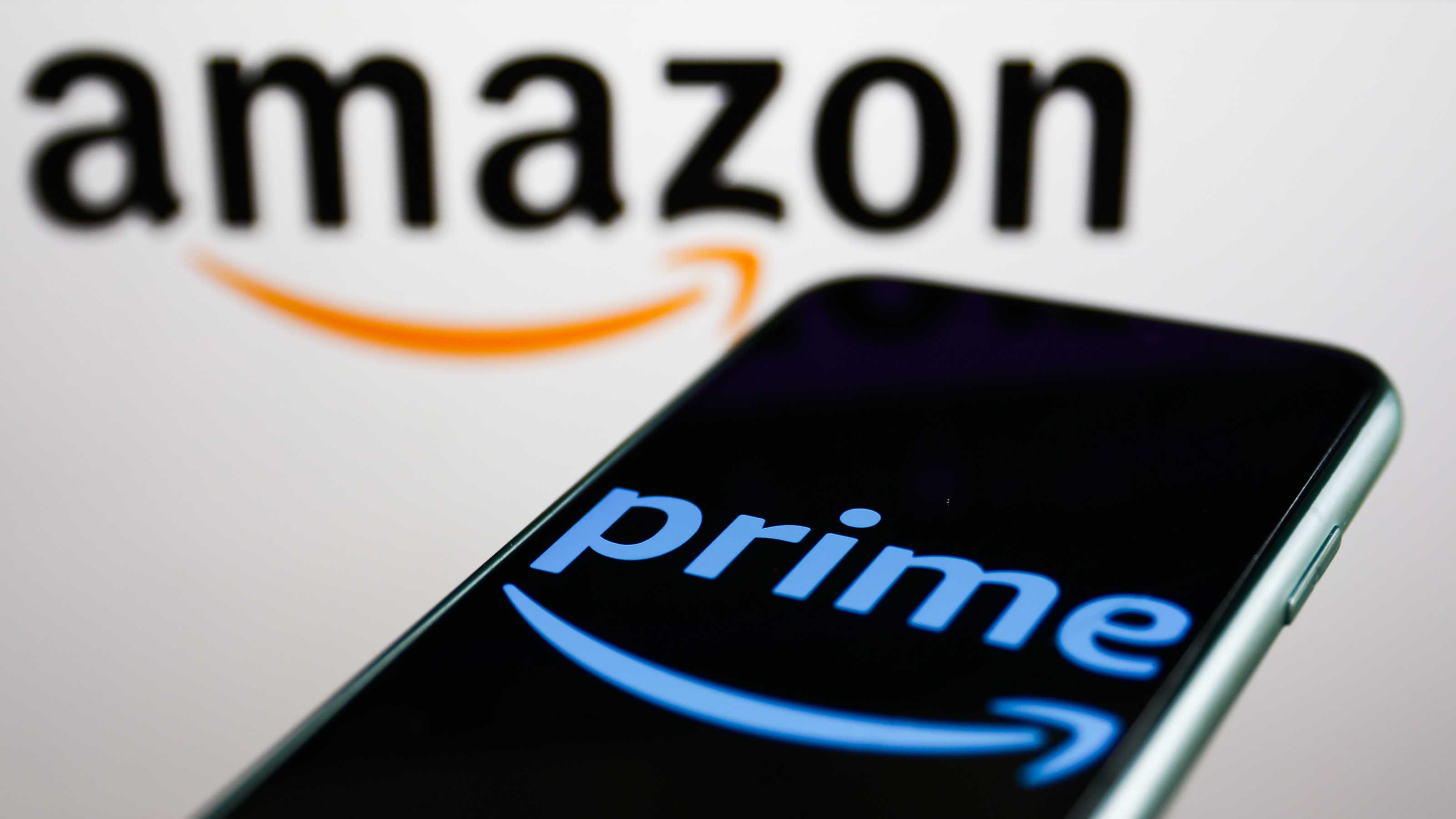

The Dow Jones Industrial Average hasn't had a makeover in almost four years, and this time, it's a doozy. Amazon.com (AMZN) will replace Walgreens Boots Alliance (WBA) in the elite 30-component index before markets open on February 26, S&P Dow Jones Indices said in a press release late Tuesday.
Not that anyone should be too surprised. The keepers of the Dow have long been under pressure to elevate Amazon to the blue-chip barometer. Not only is it the largest e-commerce company in the U.S., but it's also the market leader in cloud services. And then there's Amazon's presence in the analog world, which includes freight & logistics operations and the Whole Foods grocery chain, among other endeavors.
Most important, there's the little fact that Amazon stock has been one for the ages. Anyone who put $1,000 into AMZN stock a couple of decades ago would be delighted with the results today. But that's just what Amazon does over the long term. Between its initial public offering in 1997 and December 2020, Amazon stock created nearly $1.6 trillion in wealth for shareholders, making it one of the 30 best stocks since 1990.

Sign up for Kiplinger’s Free E-Newsletters
Profit and prosper with the best of expert advice on investing, taxes, retirement, personal finance and more - straight to your e-mail.
Profit and prosper with the best of expert advice - straight to your e-mail.
Why is Amazon replacing Walgreens in the Dow?
Shareholders in Walgreens, on the other hand, probably should have seen this coming. The pharmacy chain slashed its dividend in January by almost half to redirect cash back into the business. WBA stock is also long-time market laggard. Indeed, Wall Street analysts have had a consensus Hold call on shares for years, routinely ranking WBA low on their list of best Dow Jones stocks.
The final nail in the WBA coffin, however, was its ever-shrinking share price. At around $21, WBA goes for roughly half the next-cheapest Dow stock, Verizon (VZ), at $40. The most expensive Dow Jones stock is UnitedHealth Group (UNH) at $520.
These wide price gaps are a problem because while the S&P 500 is weighted by market capitalization, the Dow is weighted by share price. WBA was begging to be replaced, if only because its low share price made it almost immaterial to the direction of the Dow.
Amazon stock is a much better fit in this regard. At about $169 a share, Amazon's weight in the Dow will land at 17 out of 30, or roughly 2.8%. For comparison's sake, AMZN stock's weighting in the S&P 500 stands at 3.7%.
Although the Dow will start out being underweight Amazon, that's better than having no exposure to one of the most important companies in the U.S. economy. Amazon is also a good fit for the Dow in that although we think of it as a tech name, it's actually part of the consumer discretionary sector. Swapping Amazon in for Walgreens, a consumer staples stock, doesn't technically increase the Dow's weighting in the IT sector.
Neither does the swap much affect the Dow's dividend profile. "Amazon.com joins Boeing (BA) and Salesforce (CRM) as the only non-dividend paying issues in the DJIA (Walgreens paid a dividend)," notes Howard Silverblatt, senior index analyst at S&P Dow Jones Indices. But, at 1.93%, the Dow retains its higher projected dividend yield over the S&P 500 (1.41%), Silverblatt adds.
The bottom line
Being tapped for the Dow is more about prestige than fund flows. The S&P 500 is the most commonly used benchmark for U.S. stock performance, not the Dow. That's why Amazon stock, with a market value of more than $1.7 trillion, took the news of being tapped for the blue-chip barometer in stride Wednesday.
But, if nothing else, bringing Amazon into the Dow seems long overdue. As for Walgreens, WBA's tough start to 2024 hasn't been good for anyone following the Dogs of the Dow. Management is trying to turn things around. Analysts say it will be a multi-year process.
Related Content
Get Kiplinger Today newsletter — free
Profit and prosper with the best of Kiplinger's advice on investing, taxes, retirement, personal finance and much more. Delivered daily. Enter your email in the box and click Sign Me Up.

Dan Burrows is Kiplinger's senior investing writer, having joined the august publication full time in 2016.
A long-time financial journalist, Dan is a veteran of MarketWatch, CBS MoneyWatch, SmartMoney, InvestorPlace, DailyFinance and other tier 1 national publications. He has written for The Wall Street Journal, Bloomberg and Consumer Reports and his stories have appeared in the New York Daily News, the San Jose Mercury News and Investor's Business Daily, among many other outlets. As a senior writer at AOL's DailyFinance, Dan reported market news from the floor of the New York Stock Exchange.
Once upon a time – before his days as a financial reporter and assistant financial editor at legendary fashion trade paper Women's Wear Daily – Dan worked for Spy magazine, scribbled away at Time Inc. and contributed to Maxim magazine back when lad mags were a thing. He's also written for Esquire magazine's Dubious Achievements Awards.
In his current role at Kiplinger, Dan writes about markets and macroeconomics.
Dan holds a bachelor's degree from Oberlin College and a master's degree from Columbia University.
Disclosure: Dan does not trade individual stocks or securities. He is eternally long the U.S equity market, primarily through tax-advantaged accounts.
-
 6 Stunning Waterfront Homes for Sale Around the US
6 Stunning Waterfront Homes for Sale Around the USFrom private peninsulas to lakes, bayous and beyond, Kiplinger's "Listed" series brings you another selection of dream homes for sale on the waterfront.
By Charlotte Gorbold Published
-
 Six Reasons to Disinherit Someone and How to Do It
Six Reasons to Disinherit Someone and How to Do ItWhether you're navigating a second marriage, dealing with an estranged relative or leaving your assets to charity, there are reasons to disinherit someone. Here's how.
By Donna LeValley Published
-
 The Stock Market Is Selling Off. Here's What Investors Should Do
The Stock Market Is Selling Off. Here's What Investors Should DoInvestors started fleeing the equities market en masse in response to the Trump administration's "jaw-dropping" tariffs. But the experts say don't panic.
By Karee Venema Last updated
-
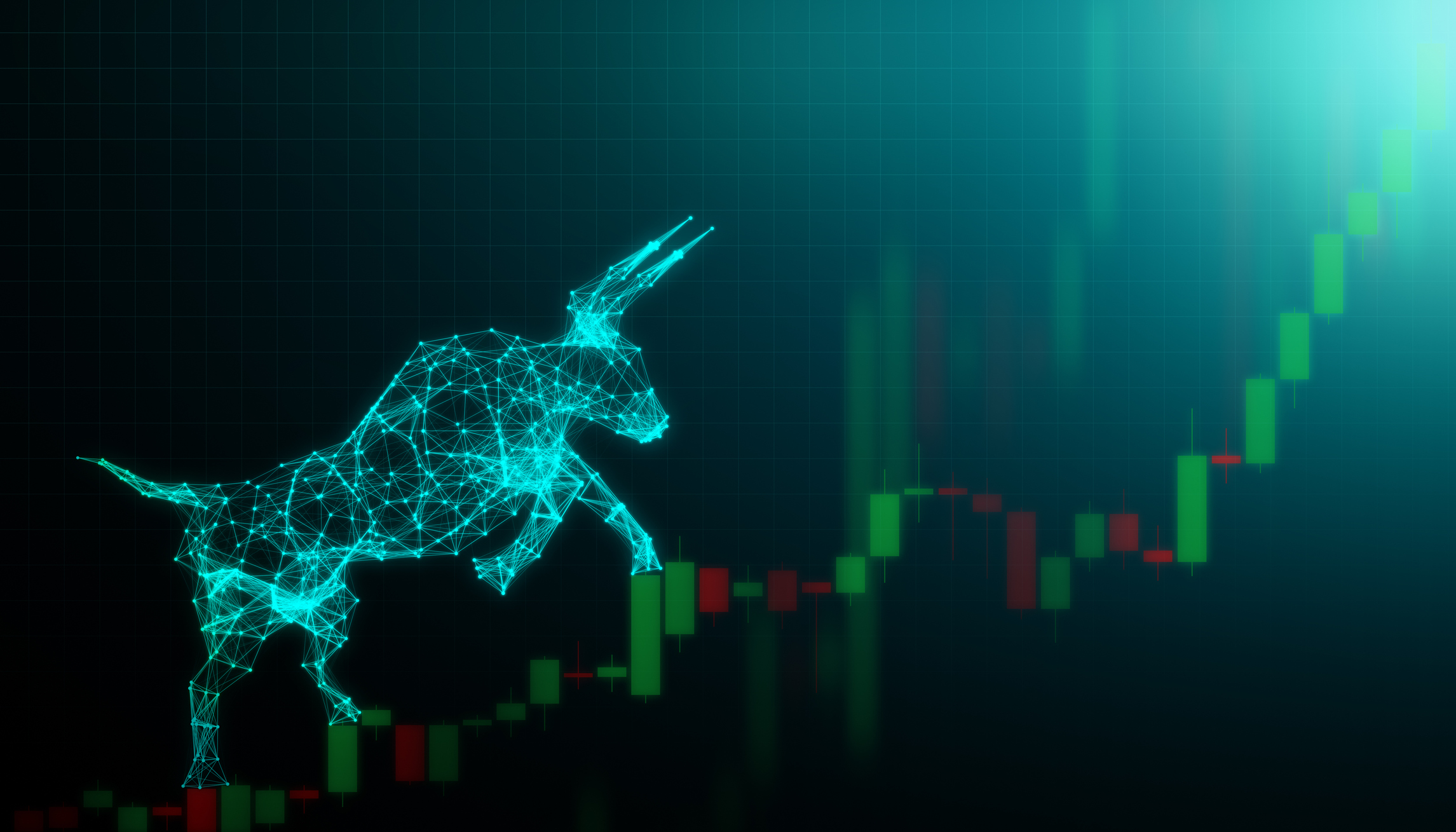 Stock Market Today: Markets Celebrate Trump's Tariff Détente
Stock Market Today: Markets Celebrate Trump's Tariff DétenteConsumer discretionary stocks led 10 of the 11 S&P 500 sector groups well into the green.
By David Dittman Published
-
 Stock Market Today: Stocks Skid Into Another Risk-Off Turn
Stock Market Today: Stocks Skid Into Another Risk-Off TurnThe promise of the AI revolution can't overcome flickering hopes for a "Fed put."
By David Dittman Published
-
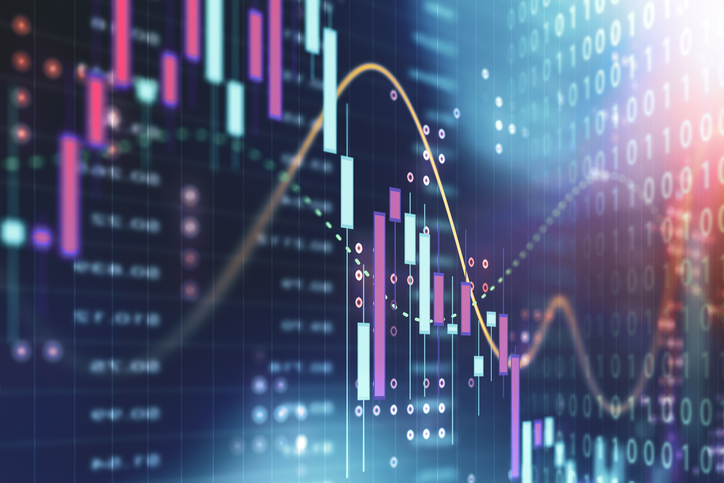 Stock Market Today: Stocks Swing Higher on Powell Speech
Stock Market Today: Stocks Swing Higher on Powell SpeechInvestors cheered after Fed Chair Powell repeated his confidence in the strength of the U.S. economy.
By Karee Venema Published
-
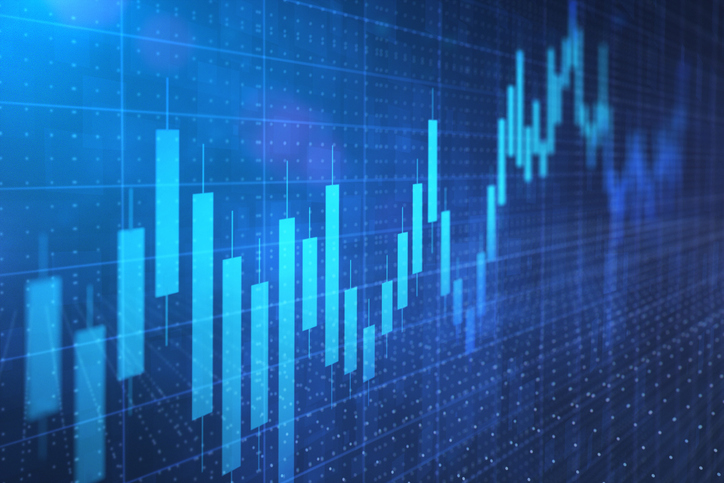 Stock Market Today: Stocks Recover From Trump-Zelensky Slide
Stock Market Today: Stocks Recover From Trump-Zelensky SlideReports of a combative meeting between the two leaders sent stocks temporarily lower Friday afternoon.
By Karee Venema Published
-
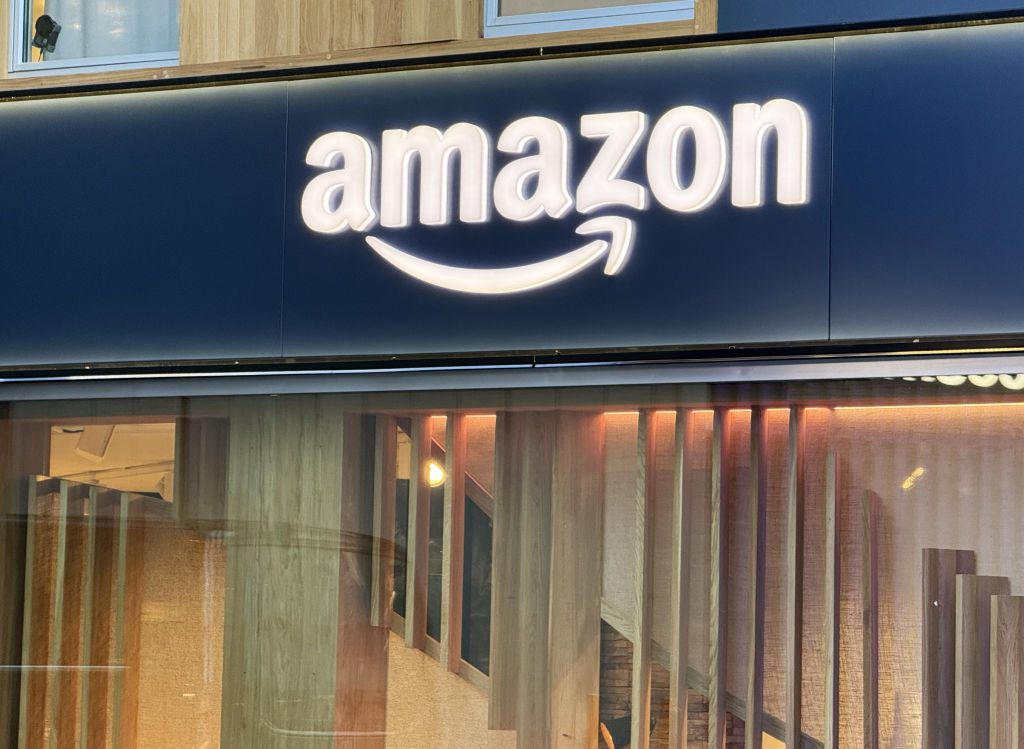 How Amazon Stock Became a Member of the 100,000% Return Club
How Amazon Stock Became a Member of the 100,000% Return ClubAmazon's wide moat is one reason it has generated a 100,000%-plus return for investors over the long haul.
By Louis Navellier Published
-
 Stock Market Today: Stocks Pop on Time-Delayed Tariffs
Stock Market Today: Stocks Pop on Time-Delayed TariffsAll three major U.S. equity indexes rallied to intraday highs following President Trump's latest trade moves.
By David Dittman Published
-
 Stock Market Today: Stocks Swing Lower as Inflation Fears Rise
Stock Market Today: Stocks Swing Lower as Inflation Fears RiseThe latest consumer sentiment data showed near-term inflation expectations rose to their highest level since November 2023.
By Karee Venema Published